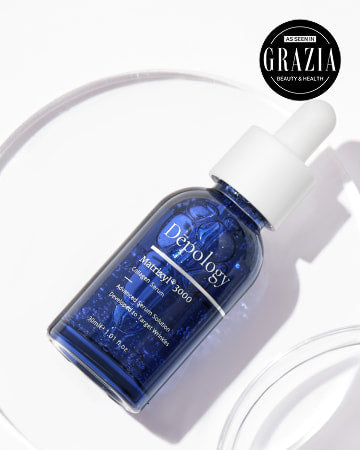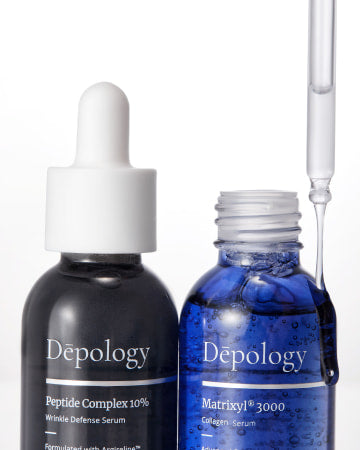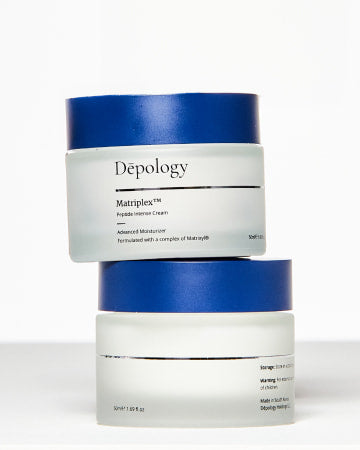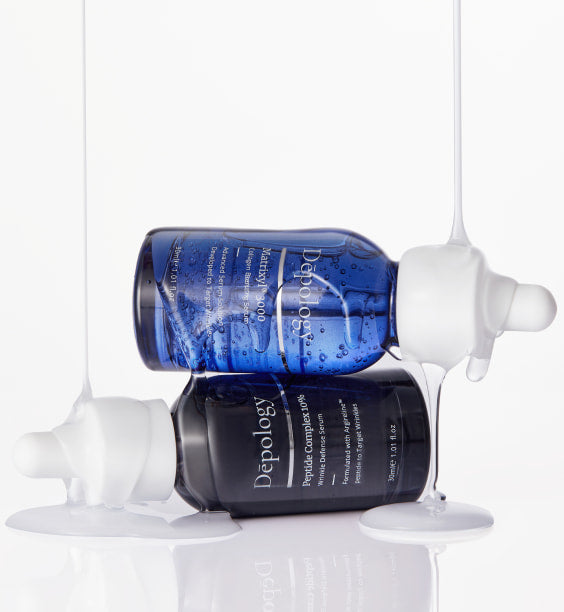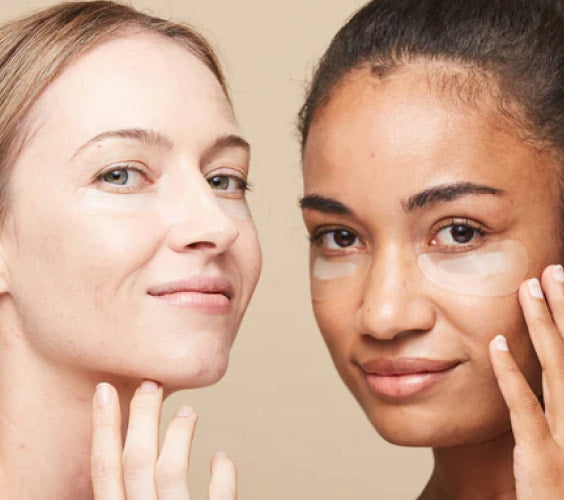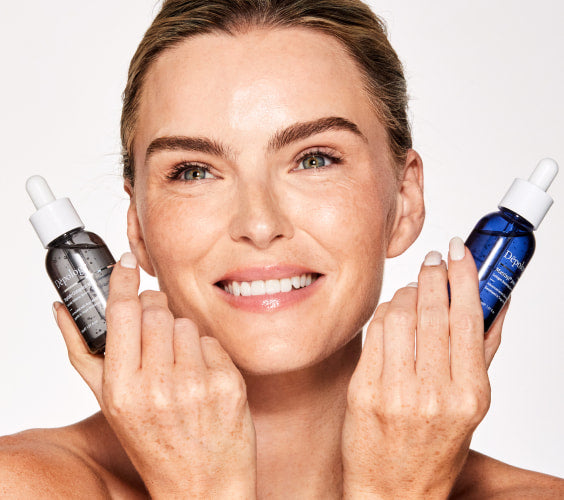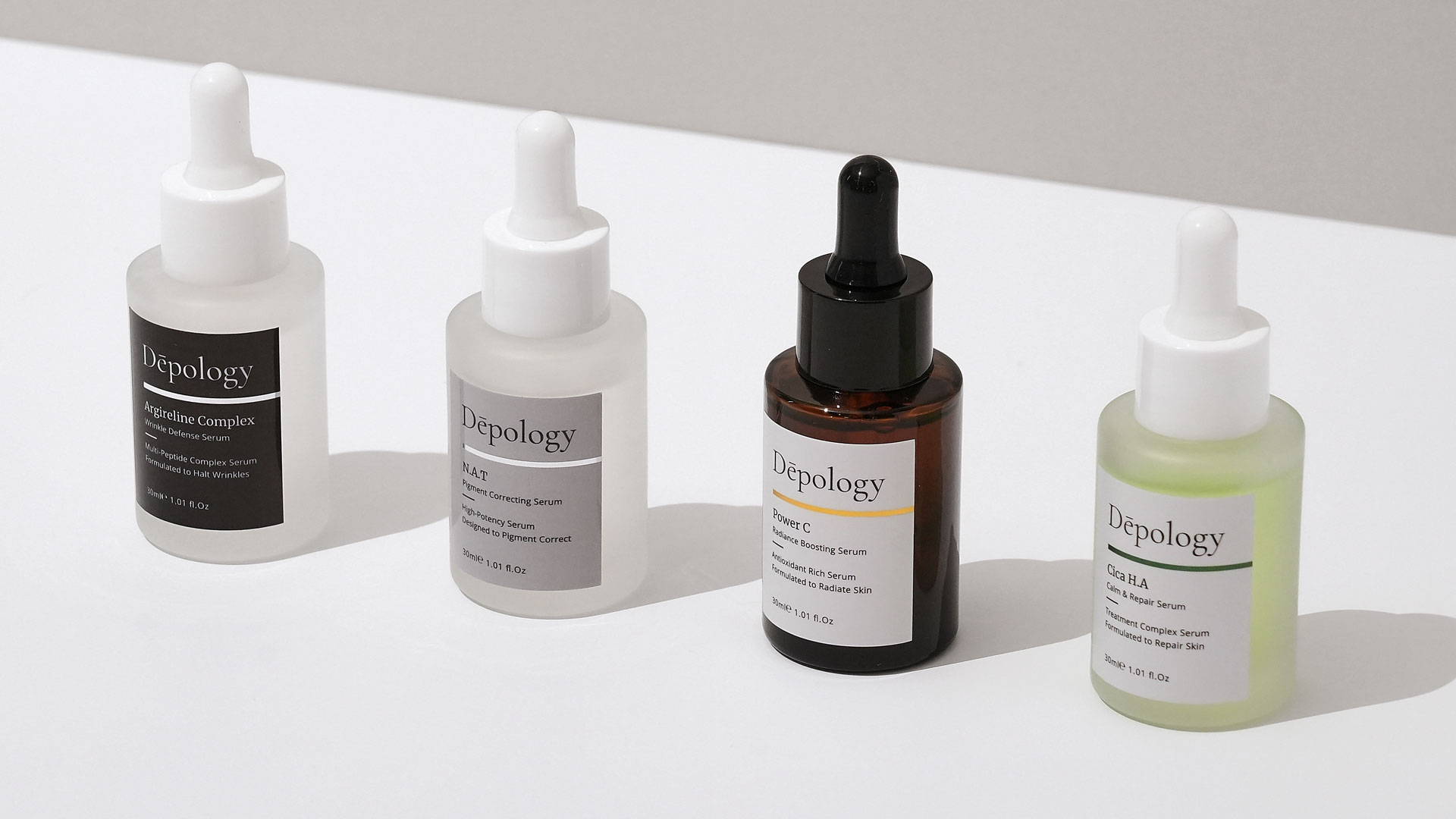
What Does Tranexamic Acid Do For Your Skin?
好的,马上为您提供这篇关于传明酸(Tranexamic Acid)的英文版博客文章。
🎨 What Does Tranexamic Acid Do For Your Skin? Decoding the New Pigment Powerhouse
You mentioned that Tranexamic Acid (TXA) is a relative newcomer to the skincare scene, showing great promise in treating melasma, sunspots, age spots, and other types of discoloration. The scientific community strongly supports this: TXA has rapidly become a key player, often a first-line therapy, for stubborn pigmentation issues.
Let's dive into the science behind this ingredient, its proven effects, and how you can safely incorporate it into your routine for a brighter, more even complexion.
1. The Mechanism: Why TXA is a Unique Pigment Fighter
Unlike older brightening ingredients that focus mainly on inhibiting the enzyme that produces melanin (Tyrosinase inhibitors), TXA works further "upstream" by tackling the inflammatory triggers of pigmentation.
| Mechanism | Simplified Role | Pigmentation Benefit |
| Anti-Plasmin Activity | TXA is an antifibrinolytic. It inhibits the plasminogen/plasmin system, which is activated by UV exposure or inflammation. This system, when active, sends signals to melanocytes to produce pigment. | Stops the inflammatory signal that triggers dark spots and stubborn melasma. |
| Vascular Regulation | Melasma is often linked to increased blood vessels in the skin. TXA helps to calm vascular proliferation and reduce redness that can exacerbate pigmentation. | Targets the redness/vascular component often seen in complex melasma. |
| Melanin Transfer Blockade | It interferes with the interaction between the pigment-producing cells (melanocytes) and the surrounding skin cells (keratinocytes). | Prevents melanin from transferring to the skin surface, where it becomes visible. |
The Bottom Line: TXA's power comes from its ability to inhibit pigmentation triggered by inflammation and blood vessel issues, making it exceptionally effective for chronic conditions like melasma.
2. Efficacy: What TXA Can Treat (Backed by Research)
Clinical trials have overwhelmingly confirmed the efficacy of TXA, both topically and orally, in treating several types of hyperpigmentation:
-
Melasma: TXA is often a first-choice treatment for melasma due to its efficacy and excellent safety profile. Studies comparing topical TXA (often at 2% to 5% concentration) to traditional brightening agents show comparable results with significantly fewer side effects like irritation and rebound pigmentation.
-
Sunspots and Age Spots (Lentigines): By suppressing UV-induced inflammation and melanin synthesis, TXA helps effectively lighten these common signs of sun damage.
-
Post-Inflammatory Hyperpigmentation (PIH): Its anti-inflammatory action is crucial here. By calming the skin after a breakout or injury, it prevents the cascade of events that leads to lingering dark acne marks.
Expert Insight: Research supports that using topical TXA shows a significant decrease in pigmentation severity within 8 to 12 weeks of consistent use.
3. Safety and Your Routine: How to Use It
As your excerpt suggests, experts generally consider TXA to be safe for all skin types with few adverse effects.
Safety Profile:
-
Topical Use: Side effects are typically mild and transient, including slight dryness, mild irritation, or flaking—which can usually be managed with a richer moisturizer.
-
Oral Use: While highly effective, oral TXA requires a prescription and physician supervision due to its primary function as an anti-fibrinolytic drug, which carries a rare but serious risk of blood clots. Skincare products use the topical form, which avoids these systemic risks.
Layering and Application Tips:
-
When to Apply: You can use topical TXA once or twice daily. Many find it beneficial to use at night, as that is prime time for skin repair and renewal.
-
Where It Fits: Apply your TXA serum or essence after cleansing and toning, but before heavier creams or oils.
-
Routine Order: Cleanser $\rightarrow$ Toner $\rightarrow$ TXA Serum $\rightarrow$ Moisturizer $\rightarrow$ SPF (AM only).
-
-
Power Pairing: TXA is exceptionally stable and pairs perfectly with other powerhouse actives, creating a synergistic effect:
-
TXA + Niacinamide: Excellent for dual-action brightening and barrier support.
-
TXA + Retinol: TXA helps calm inflammation while Retinol accelerates cell turnover, making this a powerful combo for deep, stubborn pigmentation.
-
-
Never Skip SPF: Although TXA can reduce skin sensitivity to UV-induced pigmentation signals, it does not replace sunscreen. Daily broad-spectrum SPF is non-negotiable to prevent new spots and maintain your results.
By adding a dedicated Tranexamic Acid product to your regimen, you are moving beyond simple spot treatment to a scientifically proven strategy of stopping pigmentation before it even starts.
Based on these multi-action benefits, are you considering integrating TXA into your morning or evening routine first?


